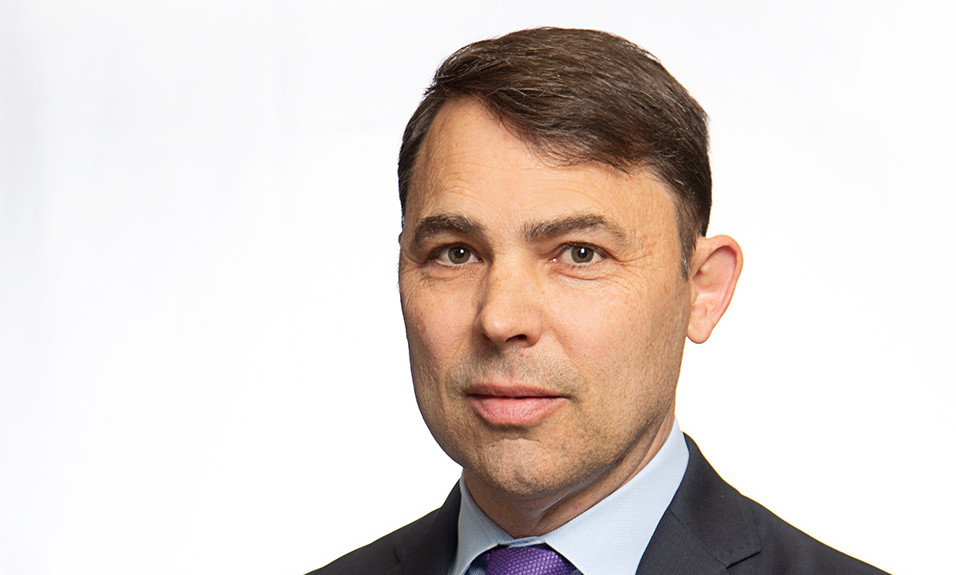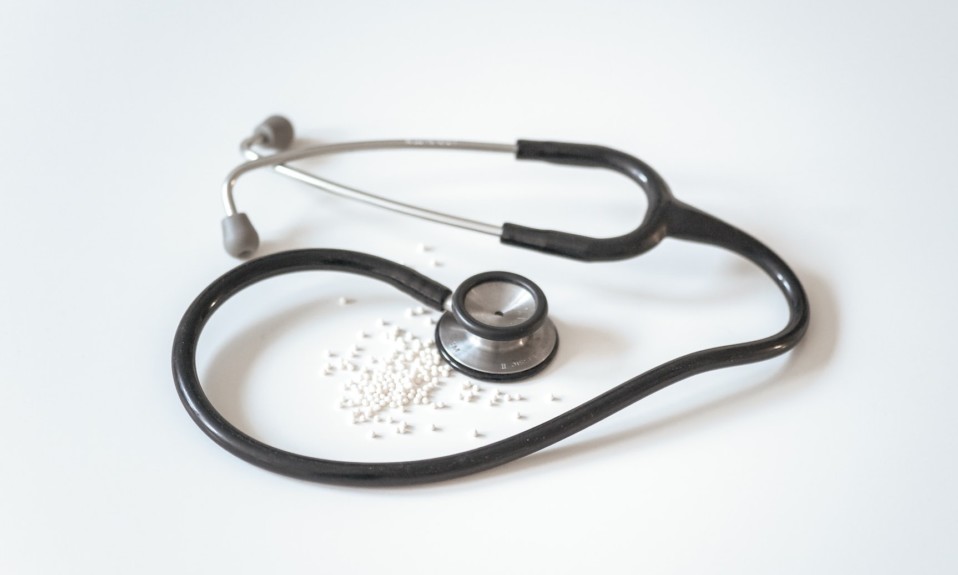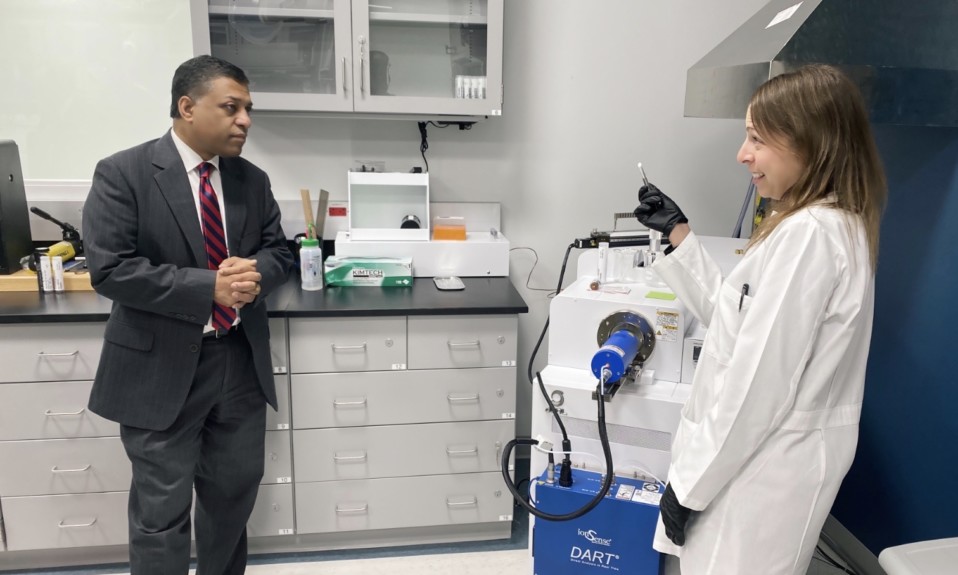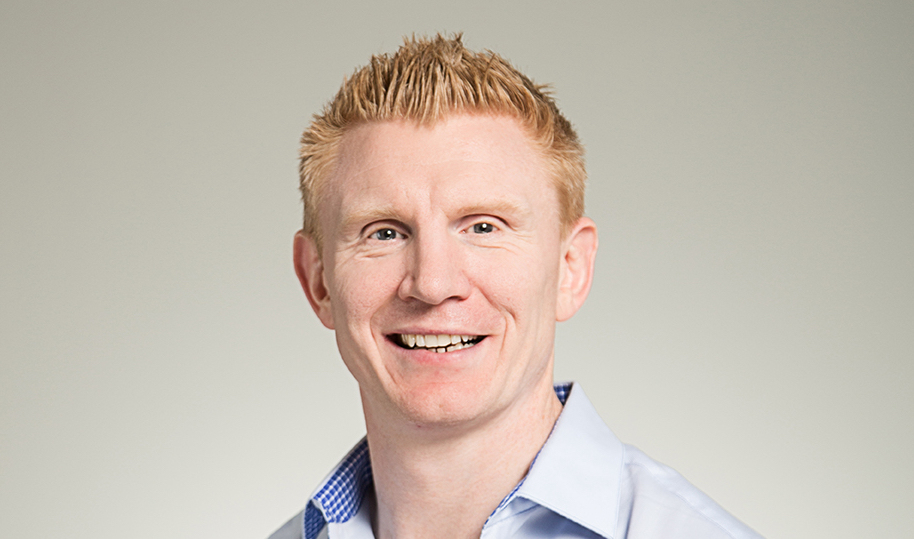The CEO of American Addiction Centers shares the personal journey that has informed the work he does to uplift others
By William Wagner
The addiction treatment field is filled with inspirational figures, and Tom Britton, DrPH, stands among them.
His substance use as an adolescent and young adult easily could have produced a tragic ending. Instead, he pieced his life together and emerged as a top-tier treatment executive, serving as president and CEO of Gateway Foundation from 2015 to the beginning of this year. Britton’s ability to overcome adversity makes him an ideal person for his current role as CEO of American Addiction Centers (AAC). He assumed the position in February, as AAC was attempting to restore its reputation following a series of difficulties. His presence at the helm gave AAC’s mission instant credibility and traction.
TreatmentMagazine.com spoke with Britton recently about his own recovery journey, his goals for AAC and his thoughts on what needs to change in the field in general.
Q. Tell us about your recovery story.
A. I had some really tough stuff happen as a kid, and I struggled to live in the world. I carried a lot of pain and anger. I remember vividly the first time I used. I met these kids who were in a band, and they seemed cool to me. They asked me if I wanted to hang out after school one day, and we smoked some pot. I had never smoked weed before; I was about 13 years old. The moment I started using it, I felt this freedom inside—I was laughing, I was funny. I felt a sense of ease that I had never felt before. That’s a dangerous thing for someone who has the potential for addiction, because it moved into more use. Something that’s common in addiction is a need for fulfillment in the beginning, but then it doesn’t fulfill the need at the same level with the same drug. By the time I was 15 or 16, I was using opioids and amphetamine and cocaine.
“By 26, I was morally, spiritually and emotionally bankrupt. I was ready to try a different way to live; I found treatment.”
—Tom Britton
I had some serious life consequences by 16, 17. At the end of my sophomore year, the high school I was going to felt it would be better if I found a different high school. Thankfully, I managed to graduate from that second high school, though by the skin of my teeth. By 19, I figured out that if all I did was drink and smoke pot, I could kind of function. But I didn’t use the way normal people do. By 26, I was morally, spiritually and emotionally bankrupt. I was ready to try a different way to live; I found treatment. I remember sitting in a chair the first couple days [in treatment], and it was so awful. I was like, “I hate this place. I don’t want to do this.” But by the fifth day, I started to have some hope that maybe my life could be different. For the first time, I surrendered and did what someone else told me. Now here I sit at 51, almost 52, and the way I feel inside my head today is such a tremendous gift compared with how I used to feel. As a result of not using, I have two master’s degrees and a doctoral degree, I got married, I have kids and I have this job [at AAC]. I attribute it 100% to the recovery journey. I’m so grateful for it.
Q. Before your recovery, did you ever imagine you’d reach such heights?
A. I couldn’t imagine a life where I wasn’t miserable.
Q. How did your recovery experience lead you into a career as a treatment executive?
A. I had my first job in the [healthcare] field when I was 19, working with people with developmental disabilities. I was in that “functional addict” part of my using, but it was the first time I experienced the impact a person can have on another person’s life. It was very humbling. So, I knew I wanted to help people. I was blessed in that in the last seven years of my using, I did some stuff that was productive. I just also did some stuff that was unproductive.
“I became known for doing turnarounds, finding something that was broken and dysfunctional and helping it move to a place of high function.”
When I was 31, I had the opportunity to run my first treatment center, Swain Recovery Center in North Carolina. I thought they were crazy for giving me this job, but I was pretty good at it. I progressed to where I was running a larger company, 700 employees. But I didn’t have any business training, so I went and got a doctorate in public health [at University of North Carolina Gillings School of Global Health]. That experience opened the door for me to go to CRC Health Group, which was the biggest for-profit in the country at the time. That really launched my career. I became known for doing turnarounds, finding something that was broken and dysfunctional and helping it move to a place of high function.
Q. That plays into your move to American Addiction Centers this past February. What prompted it?
A. AAC had very good fundamentals, but there were things that made it hard to function at a high level. I did a lot of due diligence because the reputation was damaged from some of the past marketing activities and some of their relationships with the larger treatment field. There were [also] clearly questions about its financial stability.
“To become the employer of choice and the provider of choice, we [at AAC] need the right people and the right clinical product, and then we have to use that to save and transform lives.”
When I did my research and really looked at the ethical practices, marketing practices, clinical product and financial stability, all the bad behaviors were gone. The team in place was very ethical, strong and future-focused. I would not have taken the job had I found they were still doing some of that ugly stuff. I was very excited about that. I could see that what I think I’m good at could help this organization be everything it could be—create a world-class clinical product, create a world-class reputation, grow strategically in ways that would serve people. We’re reinventing the mission at this point. To become the employer of choice and the provider of choice, we need the right people and the right clinical product, and then we have to use that to save and transform lives. To me, that’s the mission.
I want to create a word-class employee experience. That, to me, will provide the muscle to really execute creating the best product in the country. Those two things are what will allow us to put our footprint into more markets, diversify our imprint. I see us being double the size three years from now.
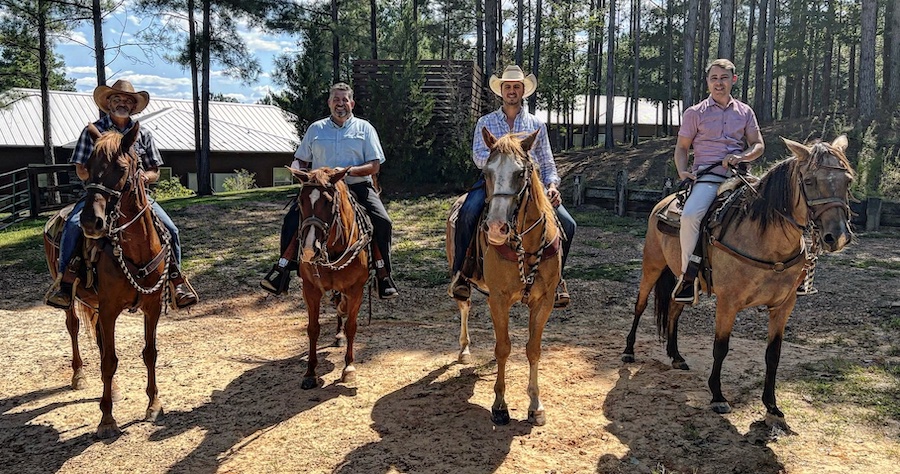
Q. In the big scheme of treatment, addressing the mental health issues of patients is one of the keys to effective care. My feeling is you can’t treat the addiction without first treating the underlying causes of it.
A. I think you’re right. From a statistical standpoint, 80 to 90% of people with a substance use disorder have a history of trauma. The trauma influences everything, right? If all you do is focus on the medical side—for example, detox and a very brief triage around substance use disorder treatment—their level of success is compromised. What I did at Gateway Foundation, and I’m working on doing here as well, is developing a measurement system so that we know the impact we’re having in actuality. Part of that is looking at the substance use determinants, with mental health being one of them. In order to do that, we’re bringing on new staff with that expertise. Without a program that addresses both substance use and mental health treatments, it’s very hard to be successful treating the full range of symptoms.
I want to create partnerships with the payers where we really have a 12-month model of engagement. We know that the outcomes if you come to us for three or four weeks are dramatically different than if you have a longer tail of treatment. The longer tail includes case management, social support, relational support, access to psychiatric care—all of those pieces with the [common] relationship being that if you stumble, which is part of this disease for many people, you can come back and see us.
“For someone who uses opioids or other substances, the earlier they get treatment, the less likely it is that they will go to the point of no return.”
Q. Obviously, the opioid epidemic has been both crushing and vexing. How do we get a handle on it?
A. It’s left “opioid epidemic” and become “overdose epidemic.” The coaching I give anyone who has substance use in their family is to get Narcan and learn how to use it, because you just never know. Five minutes can be the difference between saving and not saving a life. That’s part of it. The other part is early intervention. For someone who uses opioids or other substances, the earlier they get treatment, the less likely it is that they will go to the point of no return. From a payer standpoint, we have not yet moved as a nation into recognizing this as a critical illness and a chronic illness. That’s one of the most important movements we have to make.


